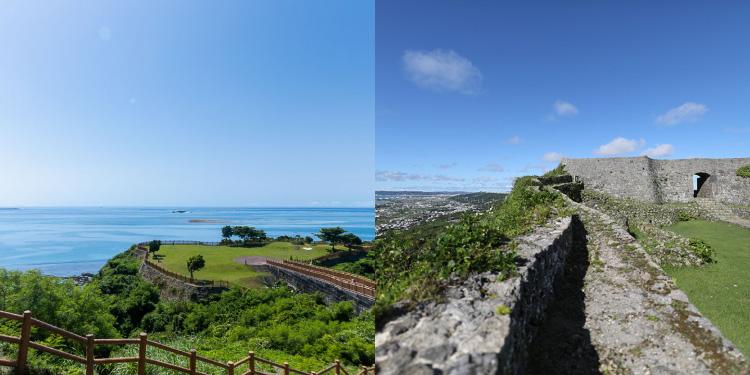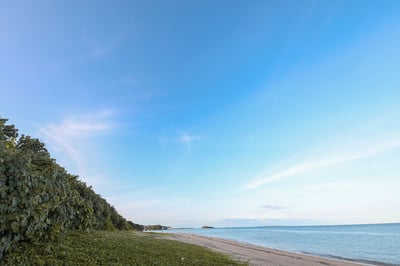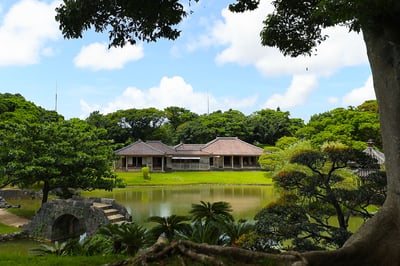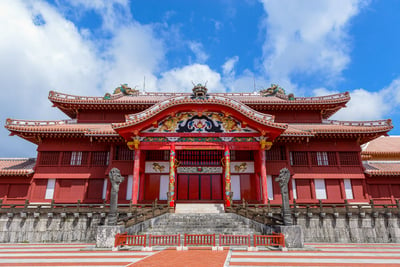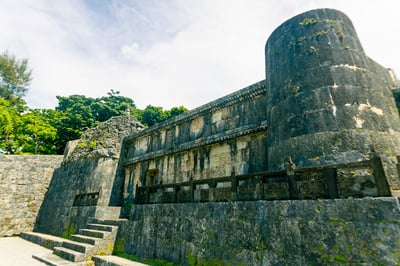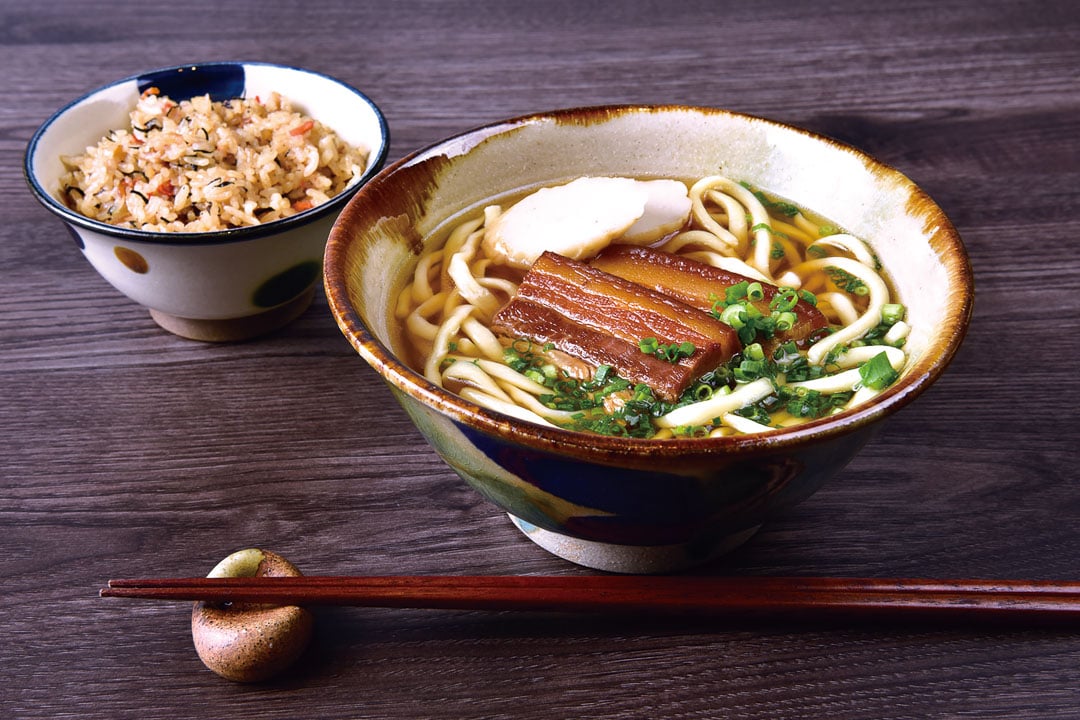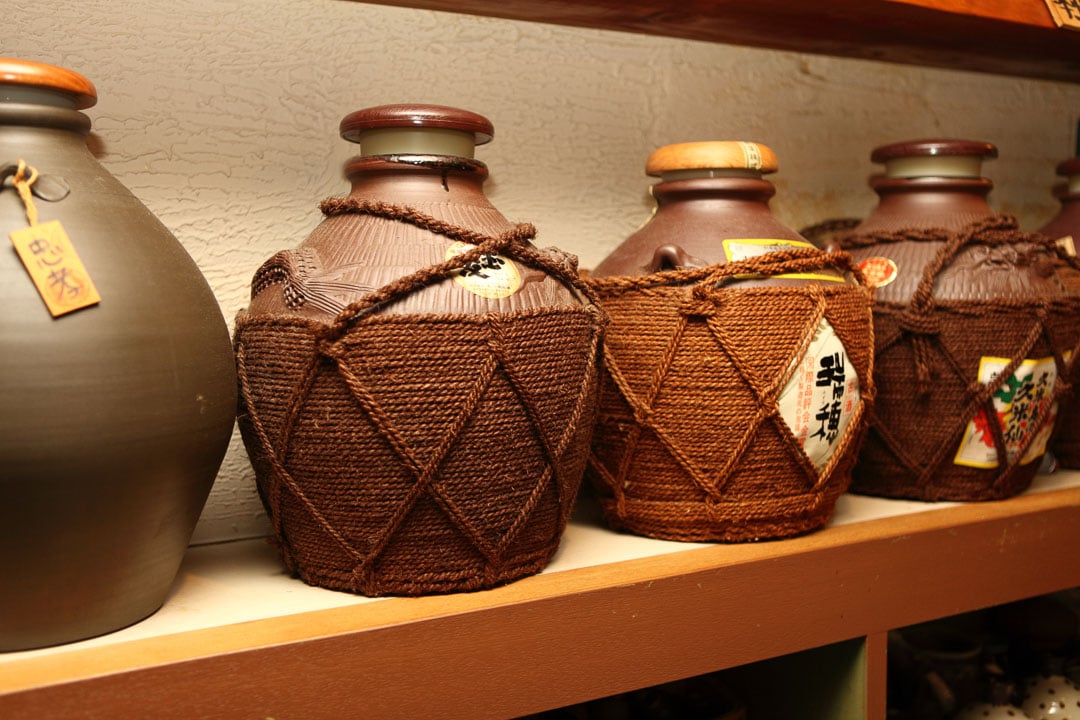The Connection Between Noh and Okinawa Island
Kumiodori: A Dance Form Inspired by Noh Elements
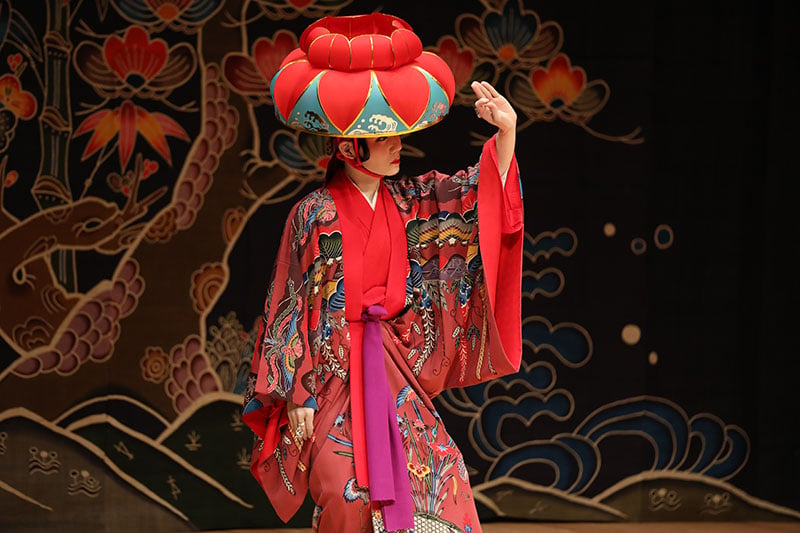
One of Okinawa's traditional performing arts is 'Kumiodori,' which developed during the time of the Ryukyu Kingdom as a means of entertaining Chinese envoys. Kumiodori is regarded as the pinnacle of Ryukyuan culture and was created by a person named Tamagusuku Chokun. He was appointed as the official choreographer for the Ryukyu Kingdom and conceived 'Kumiodori' by blending elements from various performing arts such as Noh, Kabuki, and Bunraku, while also drawing inspiration from Ryukyuan history, stories, and legends. Some of his works, like 'Shushin Kaneiri,' which were influenced by Noh, are still performed today and are renowned for their exceptional quality. You can witness Kumiodori performances at venues like the 'National Theater Okinawa,' which serves as a center for traditional Okinawan arts. Occasionally, Kumiodori and Noh, which share similarities, are even performed together on the same stage.

